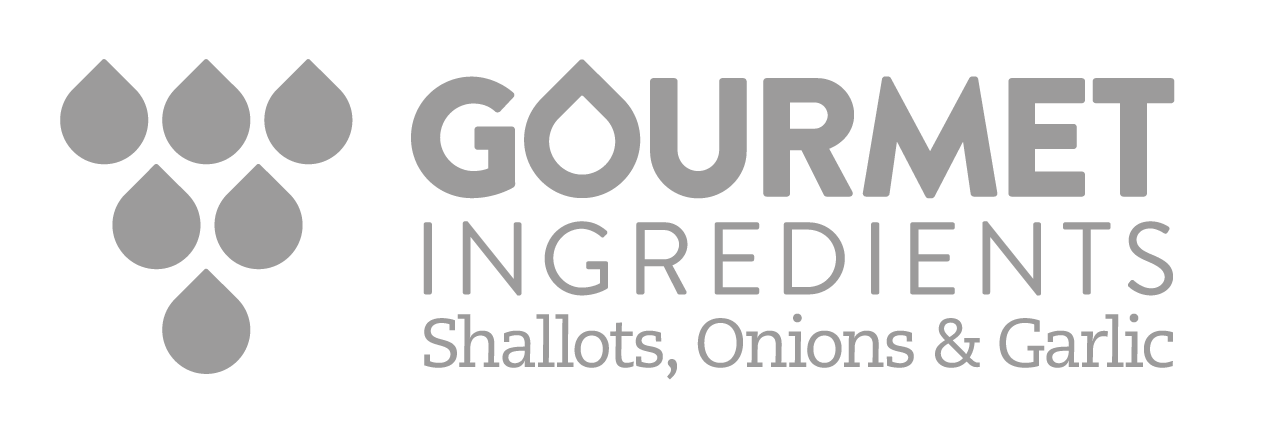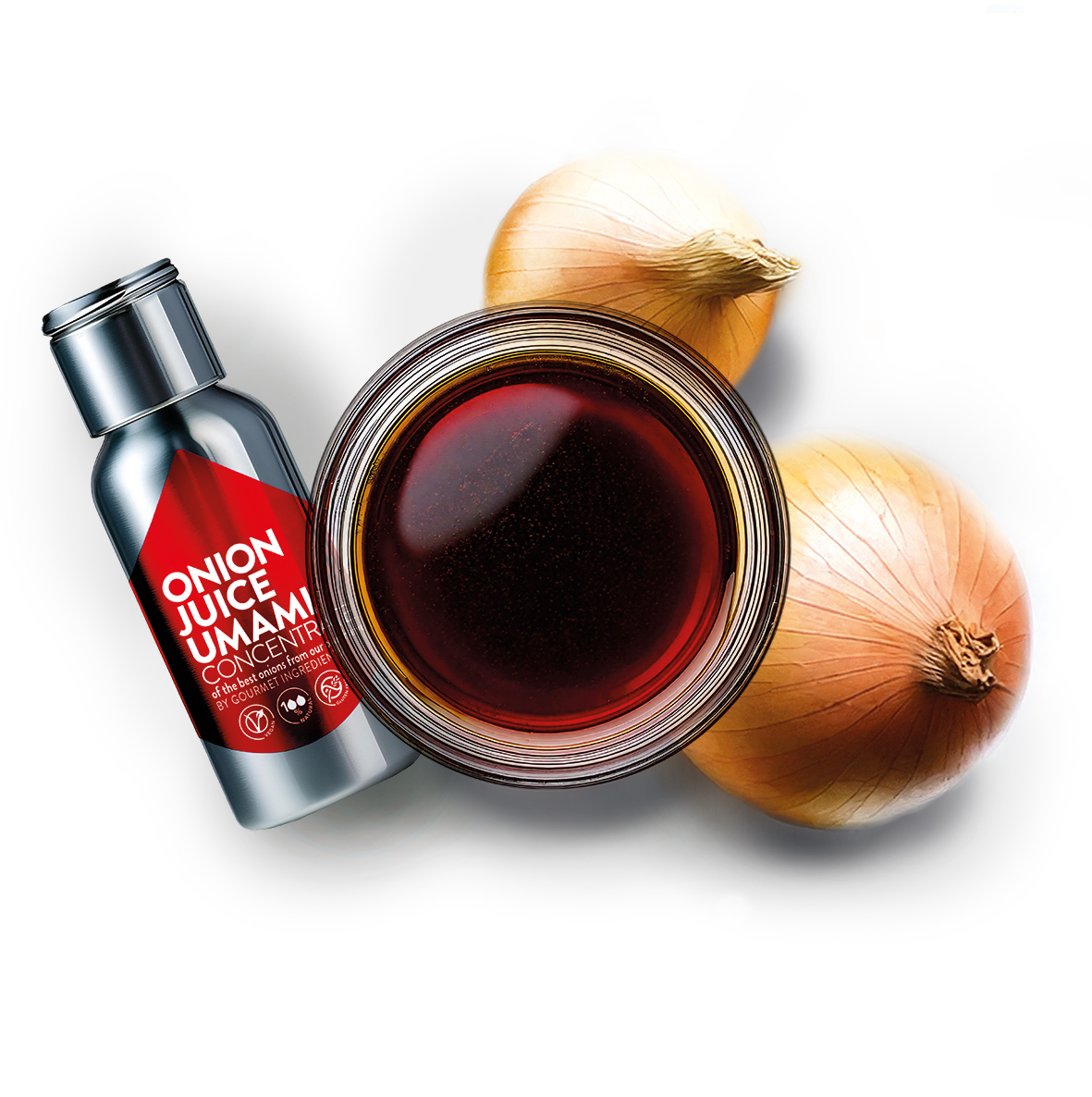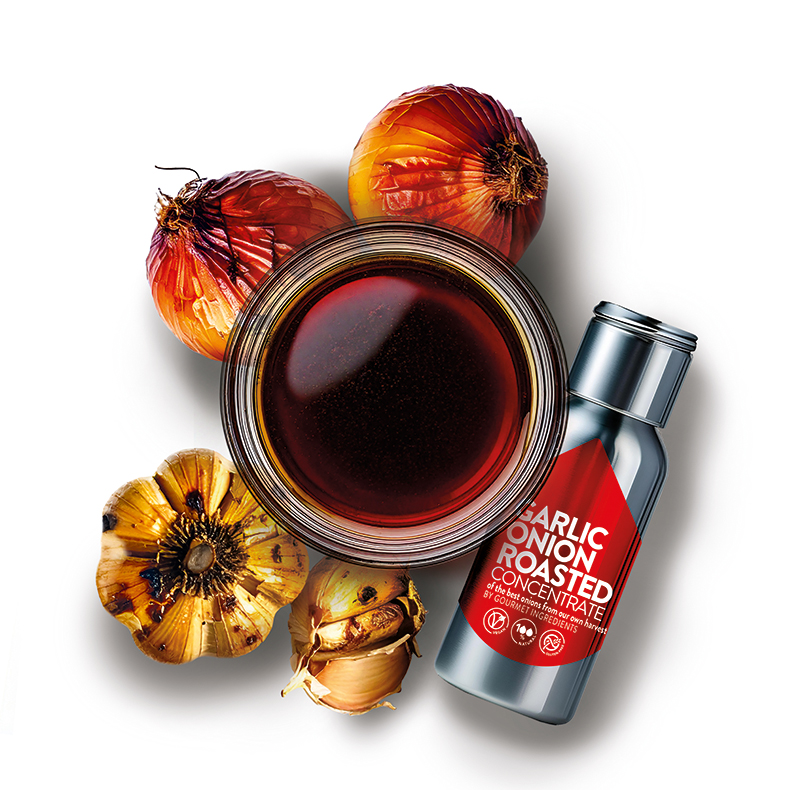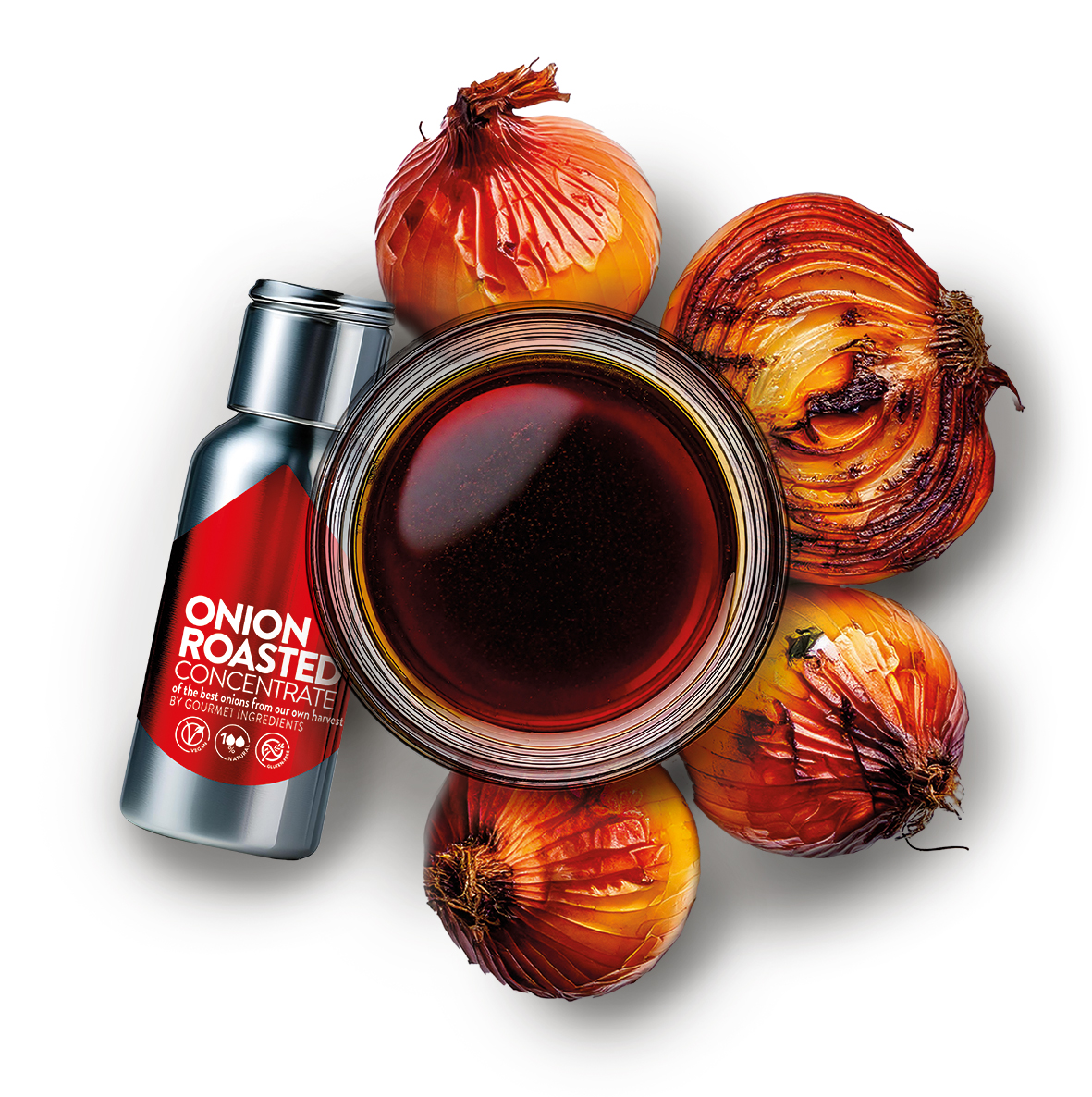Fermented Meat
Replace Dextrose Naturally
The Challenge
Dextrose plays a critical role in fermented meat products like salami, pepperoni, and dry-cured sausages. It serves as the primary food source for lactic acid bacteria during fermentation, enabling the pH drop essential for food safety, texture development, and shelf stability. Yet dextrose on ingredient labels signals "added sugar" to consumers and contributes to nutritional scoring penalties in systems like Nutri-Score, Health Star Rating, and traffic light labeling. As clean label demands intensify and sugar reduction targets expand beyond sweet applications into savory categories, fermented meat manufacturers face a dilemma: dextrose is functionally necessary for fermentation, but increasingly problematic from a marketing and regulatory perspective. Traditional alternatives either don't support fermentation effectively or introduce their own label complications.
How Our Solution Works
Our Onion Juice Concentrate provides naturally occurring fermentable sugars—primarily fructose and glucose—that lactic acid bacteria can metabolize during the fermentation process, effectively replacing dextrose while simultaneously improving flavor complexity. The fermentable sugars in OJC function identically to dextrose from the bacteria's perspective: they're consumed during fermentation to produce lactic acid, drop pH, and create the characteristic tangy taste and firm texture of properly fermented meat products.
The key advantage extends beyond functional replacement. While dextrose contributes only fermentable sugar and nothing else, OJC adds savory depth, umami enhancement, natural browning, and flavor complexity that improves the final product. The label declaration changes from "dextrose" (clearly added sugar) to "onion juice concentrate" (recognizable food ingredient), supporting clean label positioning without compromising fermentation performance.
Fermentation Performance
Lactic acid bacteria don't discriminate between dextrose and the natural sugars in OJC. Both provide the metabolic fuel needed for:
pH Reduction: Achieving target pH 4.8-5.2 for food safety
Lactic Acid Production: Creating characteristic tangy flavor
Texture Development: Firm, sliceable consistency through protein coagulation
Microbial Safety: Preventing pathogenic bacteria growth
Shelf Stability: Enabling ambient storage through low pH and reduced water activity
Technical trials consistently demonstrate equivalent fermentation curves when replacing dextrose with OJC at properly calculated inclusion rates.
Proven Results in Fermented Meat
- Salami: Complete dextrose replacement with improved savory profile
- Pepperoni: Enhanced flavor complexity while maintaining fermentation performance
- Dry-Cured Sausages: Clean label achievement without functional compromise
- Cervelaat: Traditional products reformulated for modern label requirements
- Semi-Dry Sausages: Faster fermentation categories successfully reformulated
Beyond Dextrose: Multiple Benefits
Replacing dextrose with OJC delivers advantages beyond clean label:
Improved Flavor: Enhanced savory depth and umami character Better Color: Natural browning creates more appealing appearance Label Differentiation: "Onion juice concentrate" vs. "dextrose" on competing products Sugar Scoring: Better nutritional profile in rating systems Consumer Perception: Food ingredient vs. added sugar
Technical Considerations
Successful dextrose replacement requires proper formulation adjustment. The sugar content in OJC varies by product specification, so inclusion rates must be calculated based on fermentable sugar levels to ensure adequate fuel for lactic acid bacteria. Our technical team provides fermentation modeling and dosage recommendations to achieve target pH drop and fermentation time within your production parameters.
Clean Label Fermented Meat
The fermented meat category has been slower to embrace clean label compared to fresh meat products, largely because functional ingredients like dextrose, starter cultures, and curing agents seemed irreplaceable. OJC proves that even technically demanding applications can be reformulated for modern consumer expectations without sacrificing the traditional qualities that make fermented meats appealing.
Who Benefits
Artisanal meat processors targeting premium, natural positioning, industrial manufacturers reformulating for private label clean label specifications, export-focused companies entering markets with strict natural ingredient requirements, organic meat producers seeking approved ingredients, and traditional European meat makers modernizing century-old recipes for contemporary consumers—all find OJC enables dextrose replacement without compromising the fermentation science that defines the category.
Application Beyond Fermented Meat
While fermented meat is the primary application for dextrose replacement, the principle extends to any fermented food requiring added fermentable sugars: fermented vegetables, some cheese applications, and fermented plant-based products all represent potential opportunities for clean label fermentation with OJC.
Ready to Replace Dextrose?
Explore our technical specifications, request samples, or connect with our applications team to discuss fermentation trials and dextrose replacement strategies for your specific fermented meat products.
Specification
| Allium Name | Fermented Meat |











